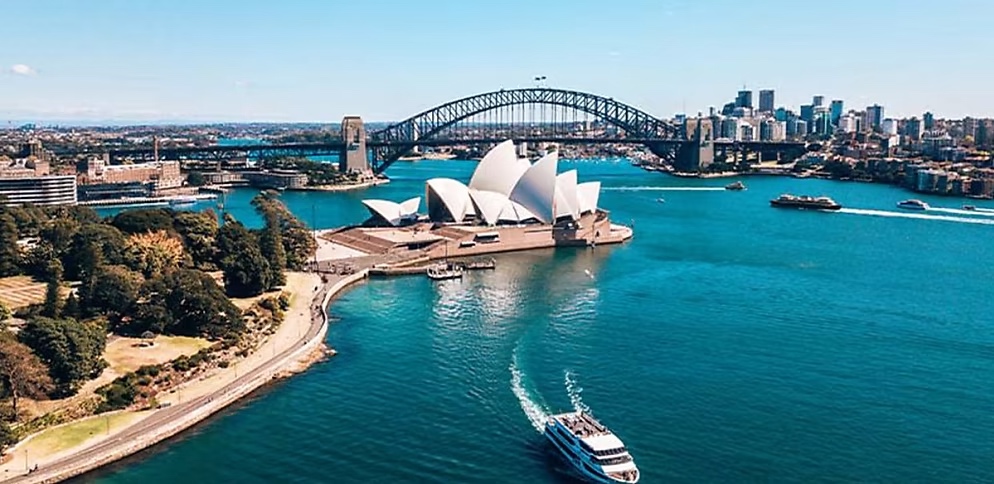
The latest property snapshot from the Real Estate Institute of Australia (REIA) offers a mixed bag of news, with some promising signs that could potentially ease the ongoing property pressures in Australia. The report covers various aspects of the property market, including vacancy rates, rental prices, and sales activity, providing a comprehensive view of the current landscape.
Rental Market
Darwin leads the pack with the highest vacancy rate among Australian cities at 3%, following a 0.9% increase over the three months leading up to June. Canberra and Hobart follow with vacancy rates of 2% and 1.8%, respectively. In contrast, Adelaide reported the nation’s lowest vacancy rate at 0.6%. Interestingly, Melbourne’s vacancy rates defied national trends, dipping to 2.1%.
Despite the slight loosening in rental markets, rental prices have continued to rise. The weighted average median rent for three-bedroom houses across the eight capital cities increased to $553 per week, marking a quarterly increase of 3.2% and an annual rise of 9.9%. Leanne Pilkington, deputy president of the REIA, attributed the rising rents to high demand, hot competition, and a lack of supply. Rents for two-bedroom dwellings also saw a significant increase, rising to $563 nationally, representing a quarterly increase of 3.6% and an annual rise of 18.7%.
Sales Activity
Despite significant economic and lending challenges, sales activity has remained strong. The median house price for the eight capital cities increased to $977,236 over the quarter but declined by 3.4% over the year. Sydney, Brisbane, Adelaide, Perth, Hobart, and Darwin all reported increases in median house prices, with Sydney leading the way with a 5.3% increase. However, prices moved in the opposite direction in Melbourne and Canberra.
Regional Australia
The report also highlighted the unique challenges faced by regional Australia, which experienced mixed results across all accommodation types. Notable movements in home sales over the past year include a 7% increase in Broome, a 7.5% decrease in Geelong, and a 16.3% increase in Port Lincoln. Other dwellings in Alice Springs recorded a 9% growth in the past year.
Rental Rises in Specific Areas
Newcastle and Wollongong reported significant rental rises of 8% and 10% respectively for two-bedroom homes. Three-bedroom homes in Alice Springs saw a 5.5% increase in rents. Astonishingly, Mt Gambier reported a 51% increase in rents for three-bedroom homes, followed by Port Lincoln at 21.2%.
Policy Implications
Pilkington emphasised the importance of getting housing policy settings correct, especially considering the continued strong growth across the housing market. She noted that the National Cabinet has rejected rent freezes and controls, inflation has returned to the RBA’s target band, and the Housing Australia Future Fund has passed Parliament.
While the report shows that pressures on the housing market are still significant, there are some promising signs that could potentially lead to a more moderate economic and political outlook. This, in turn, could help ease the ongoing property pressures in Australia, offering a glimmer of hope for both renters and homeowners.